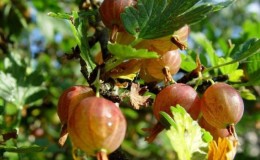Gooseberry
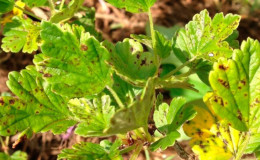
White, yellow, brown, black, red and even purple - whatever spots are found on gooseberry bushes. They are small, the size of a pea, or occupy the entire leaf plate. Spots signal ...
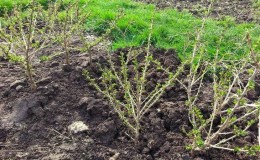
Each summer resident has his own opinion when it is better to plant gooseberries and currants: in the spring, when the snow melted and the air warmed up, or in the fall, a month before frost. From the right choice of landing date ...

Under favorable conditions, gooseberries and currants bear fruit for up to 20 years. Proper agricultural practices, including regular pruning and timely replacement of old branches with more productive young shoots, maintain health and fruiting ...
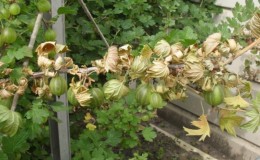
Gooseberry is one of the most unpretentious berry bushes on our backyards. It easily takes root anywhere in the garden, rarely gets sick and bears fruit abundantly for years. But, despite its self-sufficiency, the plant ...
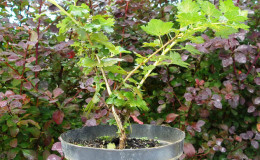
Gooseberries are called "northern grapes". Indeed, the taste of this berry is somewhat reminiscent of grapes. At the same time, the shrub is highly frost-resistant and is able to grow and give large fruits even in regions with a cold climate. ...
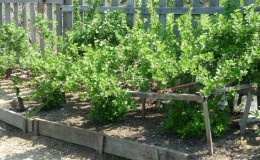
Gooseberry bushes are planted in a permanent place both in spring and autumn. Before planting, the tops of the shoots are cut off and the dried roots are removed. If you choose the right place and follow the simple rules of care, the shrub is capable of bearing fruit ...

Standard plantings are gaining popularity due to a number of advantages: it is more convenient to care for them, they are less susceptible to diseases, the berries grow larger and tastier. The shrub on the trunk looks original and decorates the garden area. ...
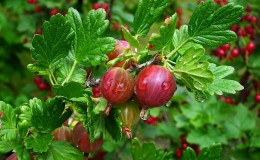
Gooseberry pleases with a plentiful harvest of aromatic and tasty berries, from which preserves, jams, compotes are usually made. In the countries of Western Europe, gooseberry fruits have found wider application in cooking. For example, in England ...
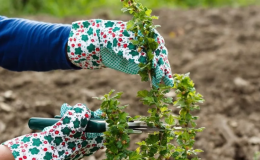
To harvest a rich gooseberry harvest, gardeners take care of the plant all year round: it loves moisture, mineral and organic fertilizing, and mulch. An obligatory stage of care is pruning. It can be sanitary and rejuvenating, thinning ...
